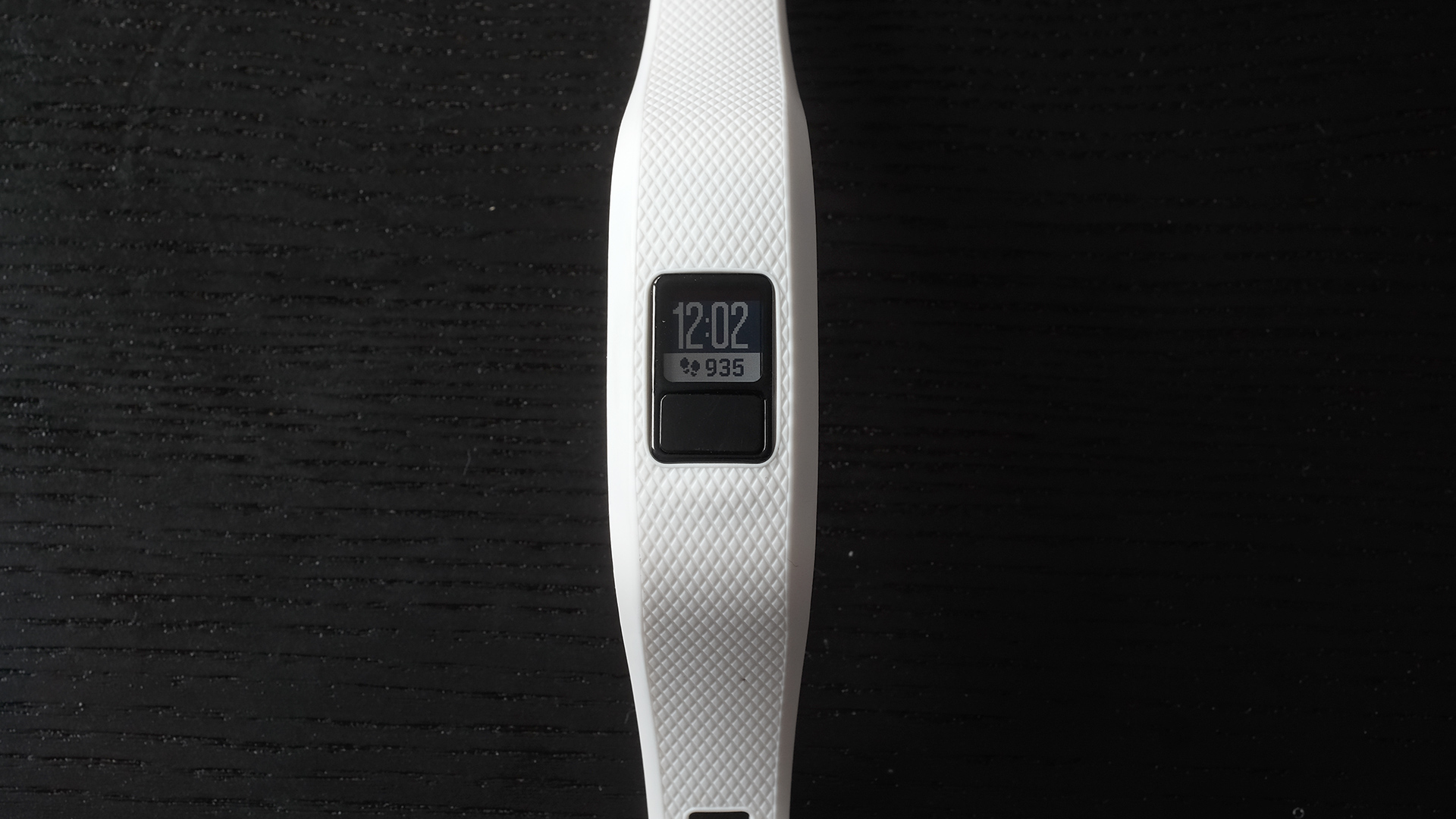Why you can trust TechRadar
The app
- Less fun app than rivals
- Doesn't reliably sync
Garmin Connect is one of the less friendly and involving tracker apps, mostly because it seems meant for higher-end devices than the Vivofit 3. Its pages are stat-led, but as the metrics the tracker records are very light, it feels like you’re just skimming across the surface of a much deeper system.
There are plenty of graphs, and the data breaks down through several layers, letting you look through weeks and months of data.
You can see light and heavy periods of sleep, graphs of when you move and don’t move in the day, and there are areas you likely won’t even touch just using the Vivofit (you can pare down the app if you find this distracting).

However, it’s not as pretty, friendly or fun as the app interfaces of Fitbit or Jawbone. If those platforms are like lifestyle coaches who offer free mindfulness meditation lessons and bang on about this great breakfast smoothie recipe you just have to try, Garmin Connect is more like a drill sergeant who pulls up pie charts to show how you’re doing life wrong.
Of course, much of this is about presentation and the Vivofit is a tracker you can use almost independently of the app. Garmin Connect also offers daily steps challenges and lets you create your own challenges you can rope friends into, but it doesn’t nail this social angle as well as some of the fluffier trackers.

We’re assuming most people will buy a Vivofit 3 looking for a light and low-fuss way to track their steps on a daily basis, given a non-GPS watch just isn’t a great way to track runs accurately.
However, there is scope for more as the Vivofit 3 can hook up to an ANT+ heart rate sensor, and both log the data in the Connect app and display it on-screen if you like.
But back to the niggles: we find the sync process is not 100% reliable. About 30-40% of the time the Vivofit fails to sync, meaning you have to make a second (or third) attempt.

We didn’t find this too annoying in reality, and the Vivofit will store “up to four weeks” of data before it starts deleting the old stuff from its memory banks. But this isn’t the best tracker if you want to look at the app several times a day.
Battery life
- Year-long life
- You can't charge it
- Battery is easy and cheap to replace
We have reservations, then, but after tweaking the display to our liking and getting used to the slightly lumpy design, we found the Vivofit 3 extremely easy to get along with.
You don’t recharge the Vivofit 3, for example. While we can’t tell you exactly how long the battery lasts, as it’s still going, Garmin says it’ll hold out for up to a year. It uses a CR1632 battery, available for $2 (£2, AU$3) a pop or less online, and you can replace the battery yourself as long as you have the right tiny crosshead screwdriver at home.
We opened up the Vivofit 3 to see how tricky replacing the battery is, and it couldn’t be much simpler. The battery compartment is isolated from the other components, so you’re not at risk of destroying the thing, and it looks like you should be able to keep the water resistance intact too as it uses a conventional rubbery seal.

Verdict
The Garmin Vivofit 3 has two great features. First, its battery life is unbeatable at up to a year. An always-on screen that’s very clear in daylight also makes this a much better watch than most other fitness trackers.
That may be enough to seal the deal for some of you. However, it’s also not that pretty, can’t handle phone notifications and its software isn’t the most fun to use.
Who's this for?
The Garmin Vivofit 3 is for those who primarily want to track their steps and are just dipping their toes into fitness tracking in an affordable way.
The long battery life makes it almost hassle-free, and the $100 (£90, AU$159) price is about right for a basic tracker, but runners and cyclists should look elsewhere, as should anyone who wants smartwatch functionality.
Should you buy it?
The Garmin Vivofit 3 isn't the most stylish fitness band around, and nor is its app all that much fun. If those are concerns, take a look at the Fitbit Alta or Jawbone UP3 instead.
But if you’re just after a simple fitness tracker that you don’t have to recharge, and don't mind its limited features and style, the Vivofit 3 is a great buy.
First reviewed: December 2016
Andrew is a freelance journalist and has been writing and editing for some of the UK's top tech and lifestyle publications including TrustedReviews, Stuff, T3, TechRadar, Lifehacker and others.

